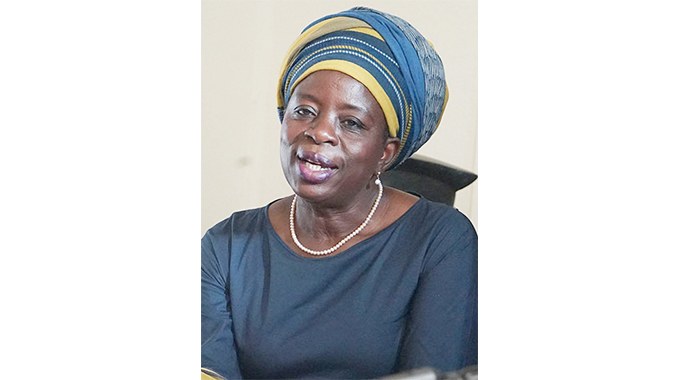
Harare Bureau
GOVERNMENT has proposed a voluntary levy on cheese and butter imports to finance growth of the dairy industry, but players in the sector want more measures to be put in place if the milk herd is to grow.
There are also questions on whether the proposed measure will make any difference in closing the milk supply gap, which is almost equal to what is being produced.
The current milk herd of roughly 40 000 will have to double if milk production at 77 million litres is to double.
In the 12 months to January 2021, the country’s imports of cheese and butter were less than US$1 million, according to figures provided by ZimStat, and any levy will not make any meaningful impact, industry experts say.
Zimbabwe is experiencing a serious milk shortage, with dairy farmers citing viability challenges emanating from poor producer prices.
The country, which used to have as many as 119 220 dairy cows now has just over 18 600 milking cows excluding 6 641 in calf heifers, 7 892 dry cows, and 7 036 “other” heifers, a combined herd that is not enough to produce the country’s milk requirements.
In 2020, the milking herd produced roughly 77 million litres of milk against national consumption of 130 million litres per year.
The milk deficit is augmented by powdered milk imported from neighbouring South Africa. As a result, the country is spending more than US$7 million per month to import powdered milk and butter.
To address the challenge the Government is planning to levy cheese and butter imports, Industry and Commerce Minister, Dr Sekai Nzenza, said.
“The following strategy will be implemented to improve performance in the dairy value chain, increase the milk herd, funded by a voluntary levy on cheese and butter imports,” said the minister in her presentation at the Agro Processing Business Forum held in Harare yesterday.
The proposed policy intervention is in addition to other measures already in place including duty free powder milk importation as well as restricted imports of processed milk and dairy products.
Players in the sector, however, want much more to be done. According to Zimbabwe Dairy Industry Trust chairman, Theodora Marimo, the sector still needs policy interventions in terms of availing financing specific for dairy farmers and removal of duplication of levies along the value chain.
Some of the policy interventions proposed by Marimo include: “Financing specific for dairy farmers to assist them grow feed to reduce over dependence of bought in feed and reduce cost of production.”
The dairy farming sector is not excused from the high cost of inputs such as stock feeds and raw materials cumulatively constituting 85 percent of the Total Cost of Production.
Another proposal to bring costs to the consumer down, according to Marimo, is to remove duty on UHT packaging that is not locally produced. Players in the sector are of the view that high cost of capital interest rates of between 40-50 percent as well as absence of medium to long term financing for capital investment, makes it difficult to grow the industry.
Marimo also proposed that exports of raw materials for stock feed production be allowed only when the local market is adequately supplied to minimise parity pricing “which is driving costs across the value chain”.
She highlighted that currently key stock feed raw materials were being exported and then imported back as feed, a practice which is creating increased costs for the country and causing the industry to be uncompetitive.
According to players in the sector, Zimbabwe has the highest cost of raw milk in the region at $55.54 or US$0,66. The cheapest raw milk is in Malawi at US 26 cents, Zambia US 33 cents and South Africa US$35-37 cents.
Marimo proposed that adequate land be available to farmers to grow feed or create economic hubs that support local production of stock feed for livestock farmers.
She said there was also need to establish a genuine one stop shop for permit and licence applications, so as to reduce the turnaround time for such applications. Currently players in the sector require three permits and one licence all from different issuers.
Dairy farmers also feel constrained by duplication of levies along the value chain, and would like these, including the Agricultural Marketing Authority levy on milk, to be removed.
